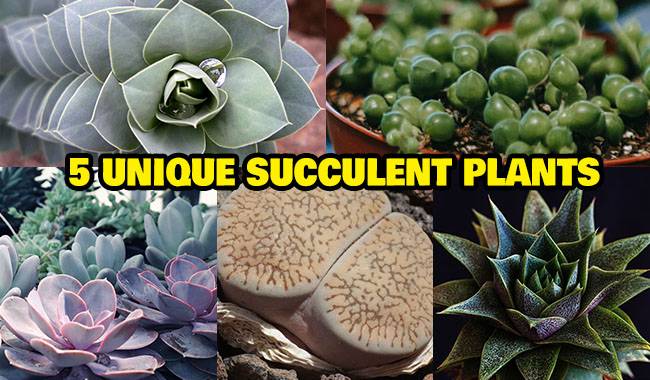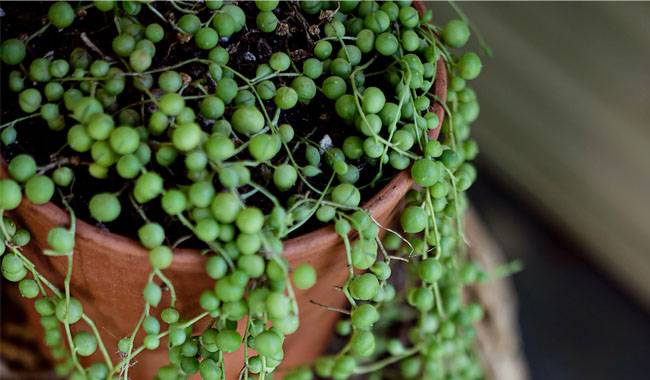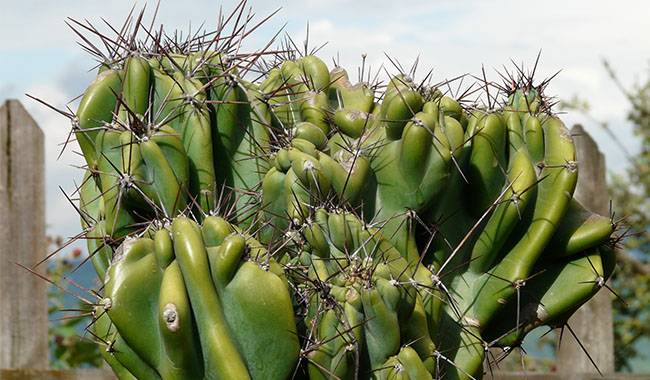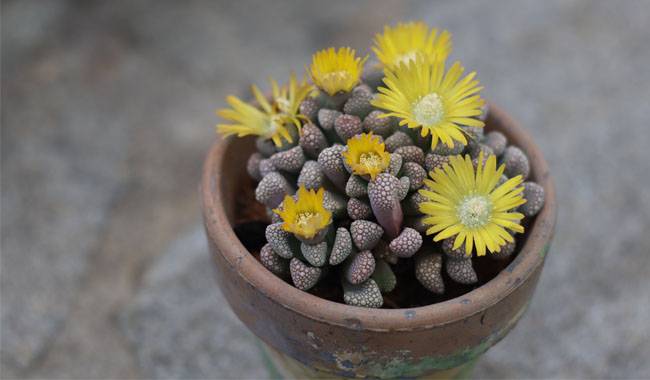
Titanopsis Plant is a perennial succulent plant in the family Pericaceae. Under natural conditions, it can be found in the deserts of Africa, where the growing conditions are harsh. However, what makes this plant stand out is its ability to camouflage under limestone rubble.
The genus is unevenly distributed in three separate areas of southern Africa: southern Namibia, the area around the southeastern border of Namibia, and a larger area between the former Cape Province and Orange Free State of South Africa. This unusual distribution means that different Titanopsis species live in different rainfall systems – summer or winter rainfall, depending on the species.
The succulent leaves are very stone-like in appearance: they are quite fleshy and thick and have warty growths around the edges. On the surface, the leaves are blue-green with warts of various colors – yellowish, red, blue-purple, etc.
During flowering, small solitary flowers appear on the shrub, which is similar in shape to daisies. They have thin petals and are orange or lemon-yellow in color.
Titanopsis is a slow-growing perennial. However, it is very hardy and easy to care for. Flowering begins in the last days of August and ends in mid-October.
BRIEF DESCRIPTION OF CULTIVATION
- Temperature. In the warmer months, this plant feels good in both hot and cool places. And in winter, it should be grown in a room with a temperature of 50-53 °F (10-12°C).
- Air humidity. In spring and summer, the temperature should be lowered, while in winter, Titanopsis Plant needs the driest air possible.
- Lighting. In the summer, the shrub needs intensive bright light. In winter and spring, the light should be moderate, and the plant needs to be diffused. Protect from direct sunlight.
- Watering. In the warm season, moisten the substrate moderately, rarely, and only after completely drying out. Do not water in winter.
- Soil mixture. It must be loose and very light. You can use a soil mixture prepared for succulents. Or you can take a substrate of sand, leaf soil, and absolutely any drainage material.
- Fertilizer. Do not fertilize.
- Transplanting. Only if necessary, transplanting should not be done more frequently than once every 2 or 3 years.
- Propagation. Seed production or division of mature shrubs.
- Disease. Negative reaction to heavy watering, especially when grown in cooler locations. This may be the reason for the appearance of root rot.
CARING FOR TITANOPSIS PLANT AT HOME
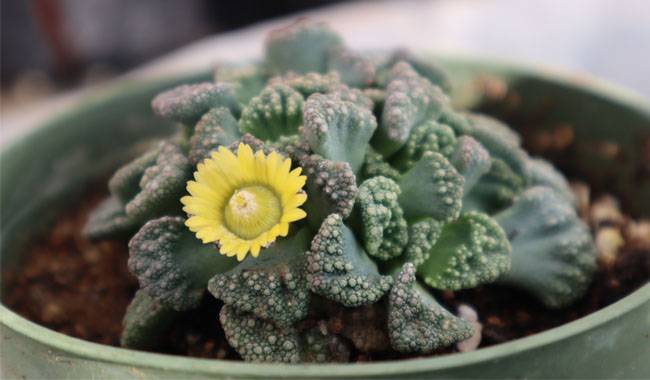
Flowering
Typically, indoor Titanopsis plants begin to flower in the last few weeks of summer. The central part of the rosette bears small red or yellowish lemon-colored daisy-shaped flowers. They have a very short life span. After a few days, they will only wilt.
Temperature
This plant is very hardy. It does well from 64-104 °F (18-40°C) during intensive growth.
Make sure to keep Titanopsis Plant in a cool place 50-53 °F (10-12°C) during the winter.
Humidity
For good succulent plant growth and development, humidity in the house should be as low as possible. Spraying the Titanopsis Plant indoors with a humidifier is not allowed.
Lighting
During the growing season, the shrub needs as much light and long days as possible. Therefore, the best place to plant this succulent is a southeastern or southern windowsill.
The shrub also needs a lot of bright light during the winter months. However, this is when diffusion should be used, as direct sunlight may result in leaf burns.
Watering
In spring and summer, the potting soil should only be moderately moist. Make sure that the soil in the pot has time to dry out before the next watering. If the weather conditions are cloudy, watering should be kept to a minimum, although doing so can cause the buds to fall off. Too much water can lead to stem and leaf rot.
During the winter rest period, you should not water at all.
Choosing pots
The pot in which you plant your Titanopsis Plant should be fairly wide, as the shrub will gradually grow wider. It should also be deep, as the plant has a well-developed long root system. Another important requirement when choosing a container for planting is a drainage hole in the bottom to remove stagnant water from the substrate.
Soil mixture
Only very loose and light soil mixes are suitable for growing this succulent plant. Ready-made soil mixes for succulents can be bought from specialized stores. You can also make your own by combining sand, leaf soil, and drainage materials (pumice, granite chips, etc.). After transplanting, it is best to cover the surface of the potting soil with a thin layer of fine gravel.
Fertilization
This succulent plant does not require systematic fertilization. However, it is still possible to feed the Titanopsis Plant occasionally: for this purpose, water it with a weakly concentrated solution of liquid fertilizer for succulents.
Transplanting Titanopsis Plant
The root system of the flower is highly sensitive. Its reaction to any external influence is extremely negative. Therefore, you should transplant plants only when necessary. Remember that this should be done no more frequently than every 2 or 3 years.
Repotting should be done very carefully using the transplanting method. Keep the soil block intact.
Pruning
Titanopsis Plant does not need to be pruned as it does not form any buds or stems during its lifetime. However, all damaged leaves should be cut back very carefully and promptly as it may lead to rot.
Dormant Period
Such succulents grow in indoor conditions, and it is necessary to arrange the correct conditions during winter. In fact, during the colder months, the plant will go into dormancy.
As winter approaches
Titanopsis plants are moved to a rather cold place – the temperature is not higher than 53 °F (12 °C). The air in the room should be dry, and the shrub needs plenty of diffused, bright light. Please protect it from direct sunlight. Do not water in winter.
TITANOPSIS PLANT PROPAGATION METHODS
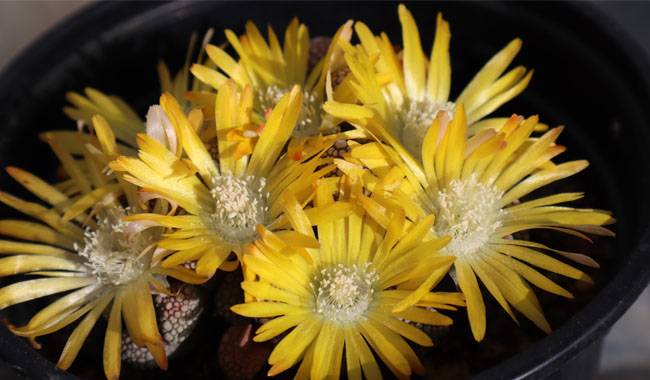
Growing from seed
Use a light, loose substrate for sowing seeds of Amanita, which should be slightly moistened. The seeds are gently pressed into the mixture and not covered from above. Cover the container with plastic or glass and place it in a light and warm place – about 86 °F (30 °C). Seedlings should appear a few days after sowing.
Seedlings need to be germinated only 6 months after emergence. Once the third pair of true leaves have formed, the seedlings will be planted in individual small pots. Young plants will not see flowering for at least 2 or 3 years.
Dividing Titanopsis
Titanopsis plants can also be propagated by dividing rosettes. This should be done in conjunction with replanting. Each propagule should have at least three fully developed roots. Treat the cutting points with carbon powder. The strips should then be slightly air-dried and planted in their own pots.
Do not allow the potting soil to become moist for about 15-20 days. Young succulents will bloom within 1 year after division.
Diseases and Pests
Titanopsis Plant is resistant to diseases and pests. However, it may suffer from root rot if not properly cared for. Stagnant moisture and low temperatures in the substrate usually promote root rot. Remove the roots from the substrate and cut off any problematic parts, and replace them with healthy tissue. Treat the roots with a fungicidal solution. Plant the shrub in fresh potting soil and do not water it again.
The only insects that may infest succulents are spider mites. It can be eliminated with an appropriate insecticide.
More Related Information About Planting & Growing Indoor Plants




